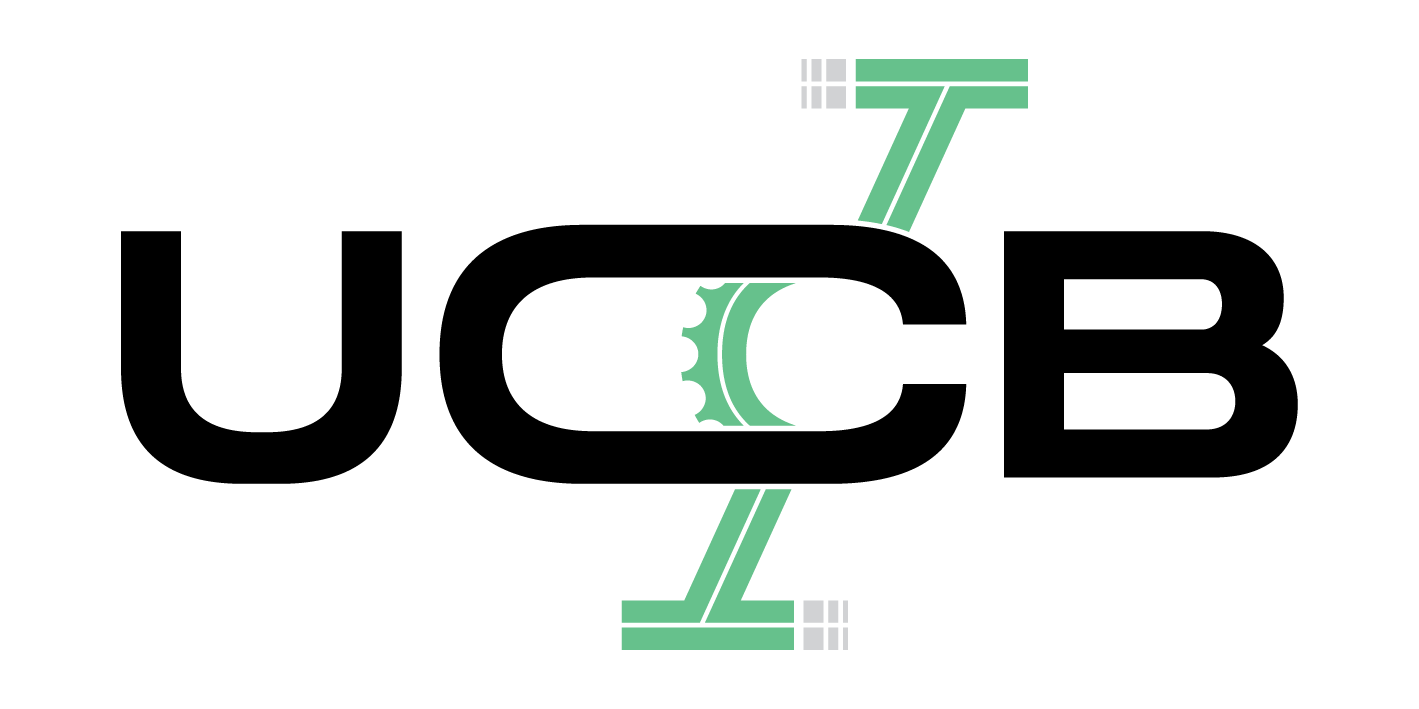Analyzing the cycling behaviors of Chinese adolescents through structural equation models
Tipo de publicação
Artigo
Curso ou área do conhecimento
tranporte
Veículo
Journal of Transport & Health
Tipo de autoria
Pessoa Física
Nome do autor
Jianrong Liu, Xinyu Chen e, Mingyang Pei
Língua
Inglês
Abrangência geográfica
País estrangeiro específico
País
China
Ano da publicação
2023
Palavra chave 1
adolescentes
Palavra chave 2
Comportamento
Palavra chave 3
Juventude
Palavra chave 4
Psicologia
Palavra chave 5
Saúde
Descrição
Introduction: Obesity prevalence is rising among adolescents in China, increasing the incidence of several health problems in this population. In this context, adolescents could improve their health by engaging in regular physical activity, such as cycling, whether commuting to school or during leisure time.
Methods: Through structural equation modeling, this article investigated the constructs that may impact the cycling activities of adolescents. A total of 424 students were interviewed, with 413 completing the questionnaires. Cycling behaviors were studied using the theory of planned behavior (TPB), the prototype willingness model (PWM), and the integrative model (a model that combines the TPB, the PWM, and the construct descriptive norm). The explanatory powers of these models were compared.
Results: Adolescents’ cycling behaviors were influenced by several psychological factors, either directly or indirectly. Attitudes and descriptive norms had a significant effect on intention and willingness, whereas subjective norms acted only on intention. Perceived behavioral control had no significant effect on behavioral intentions or cycling behaviors. Prototype similarity significantly affected willingness.
Conclusions: Behavioral intentions had a significant effect on cycling behaviors. The explained variance in the PWM and integrated models is higher than that of the TPB, indicating the validity of the predictions of these two models. Psychological factors are more applicable to the exploration of the behavior of cycling to school. Cycling for leisure requires considering the influence of external factors.



 Ao navegar no Observatório da Bicicleta você concorda com os
Ao navegar no Observatório da Bicicleta você concorda com os